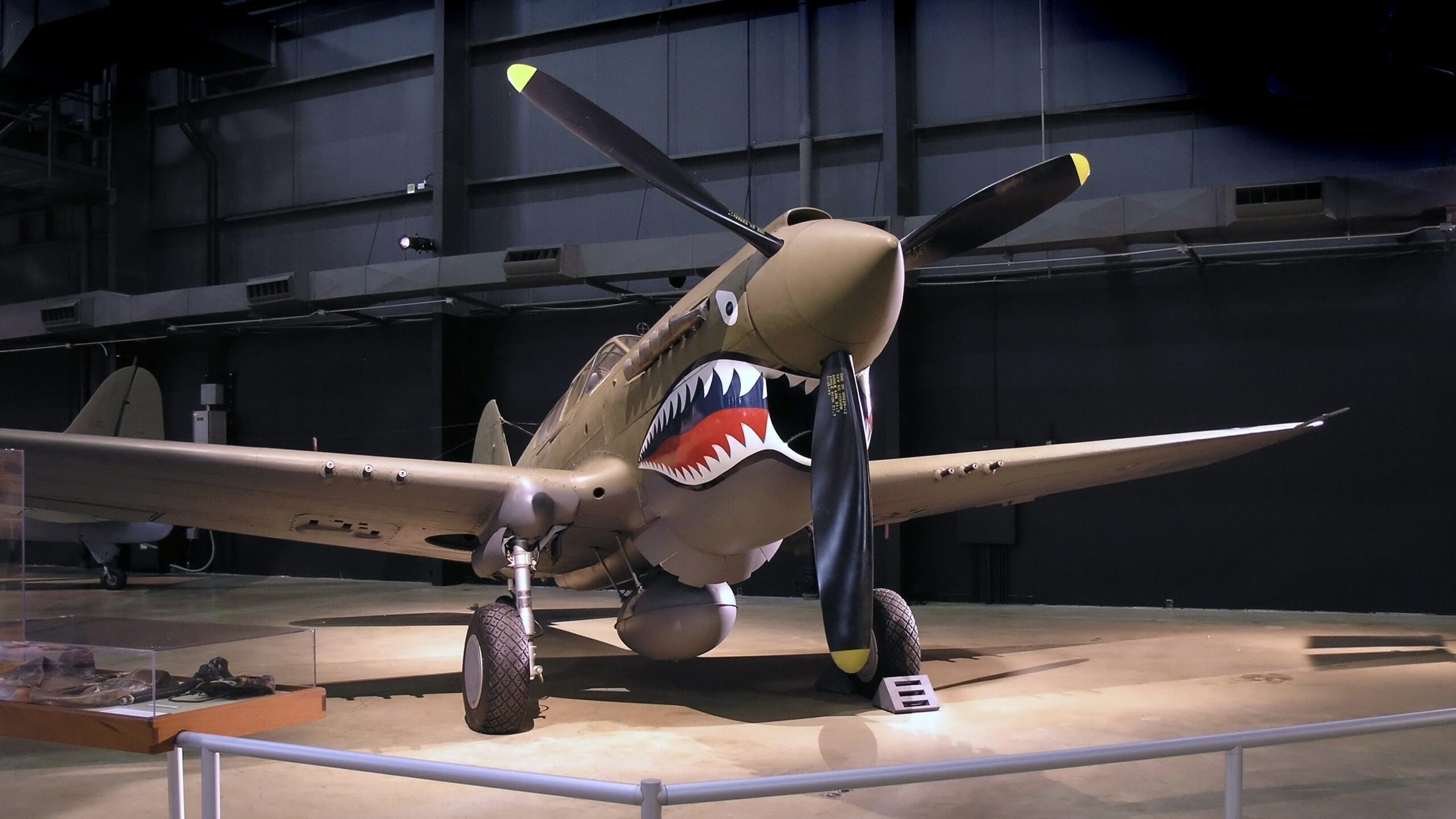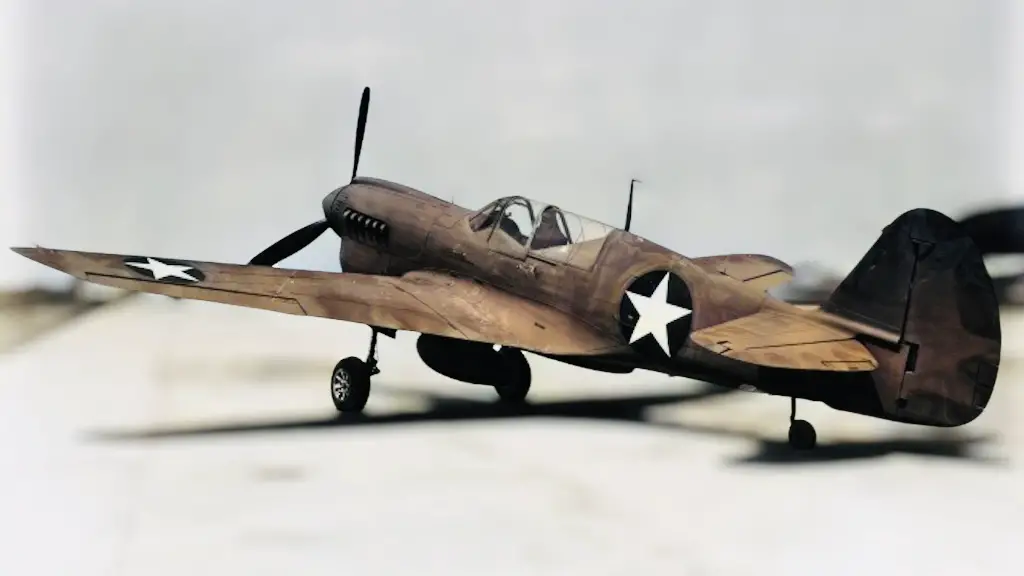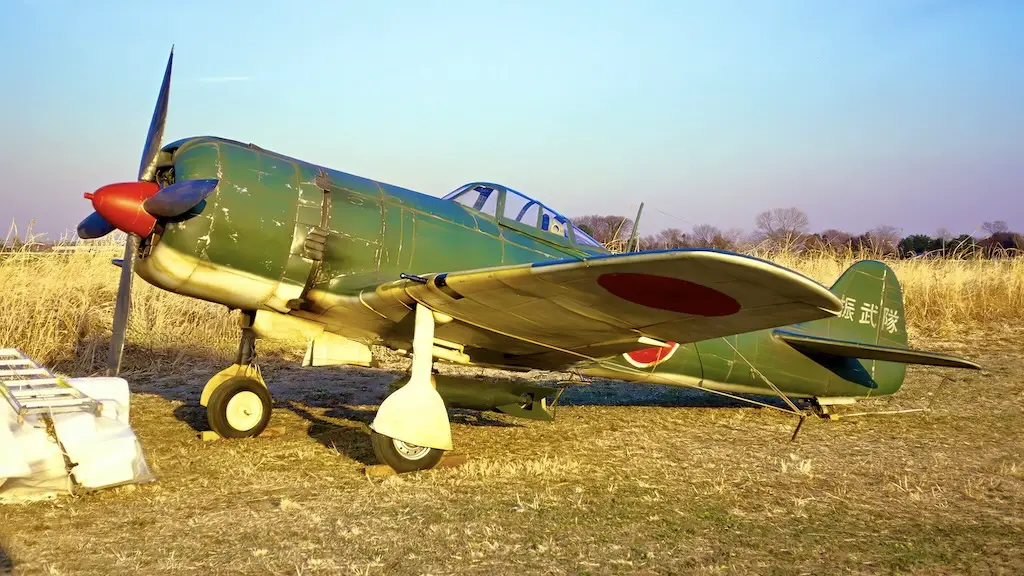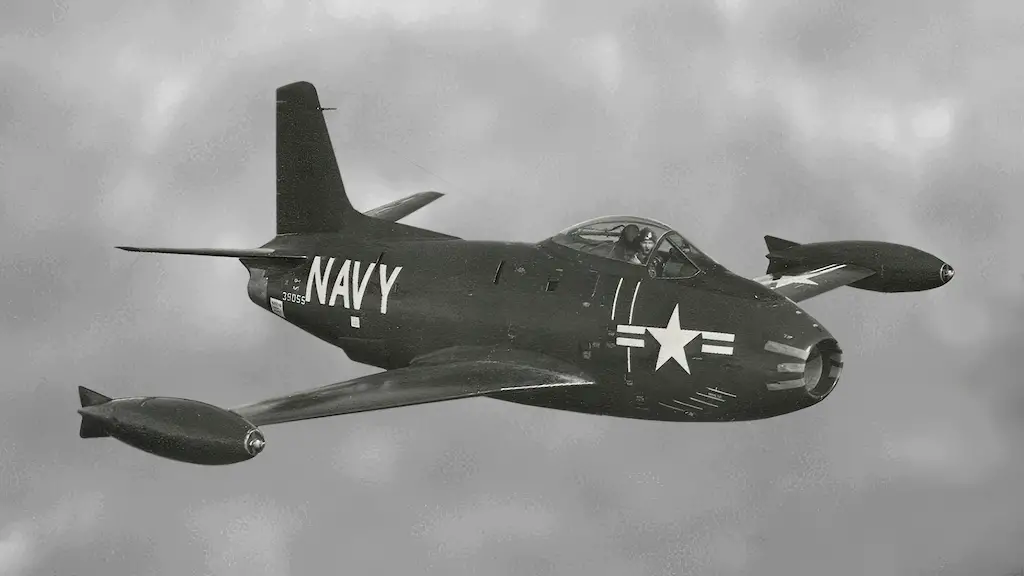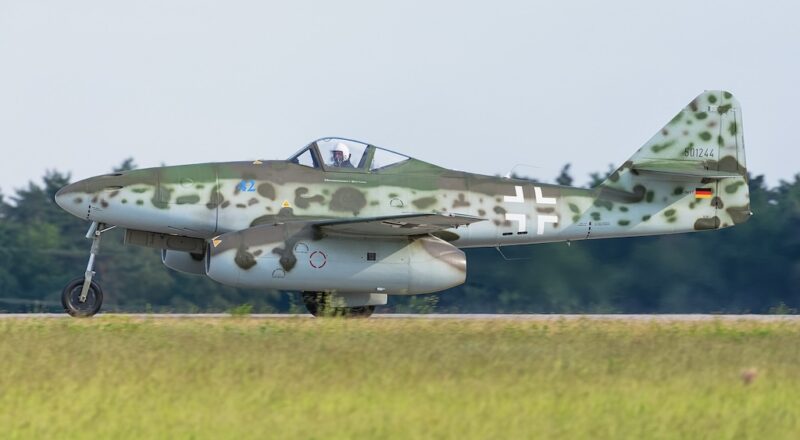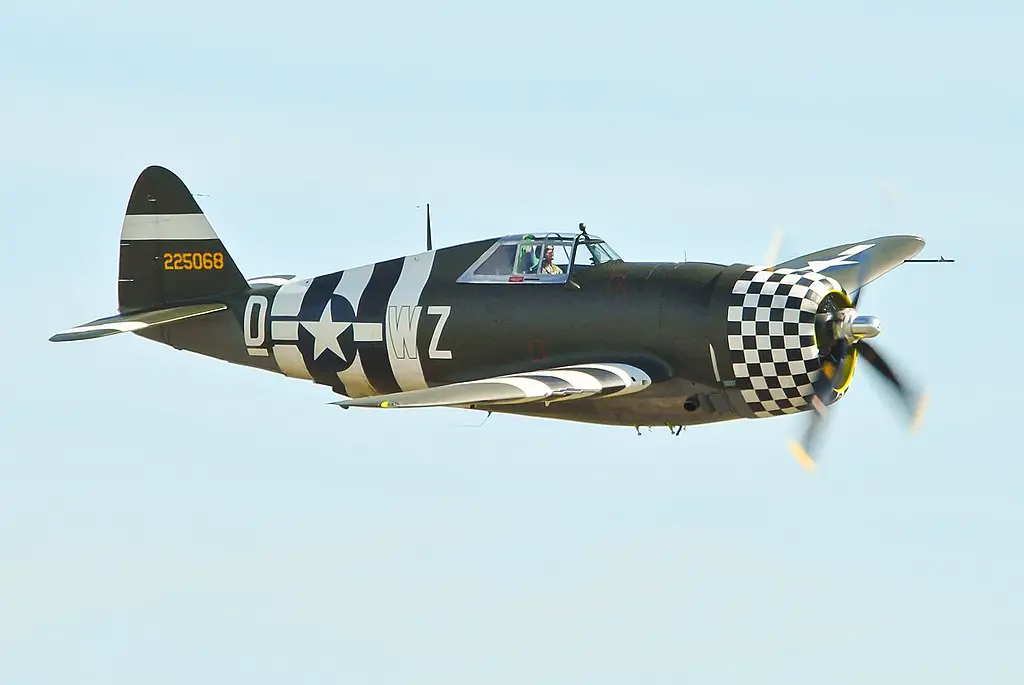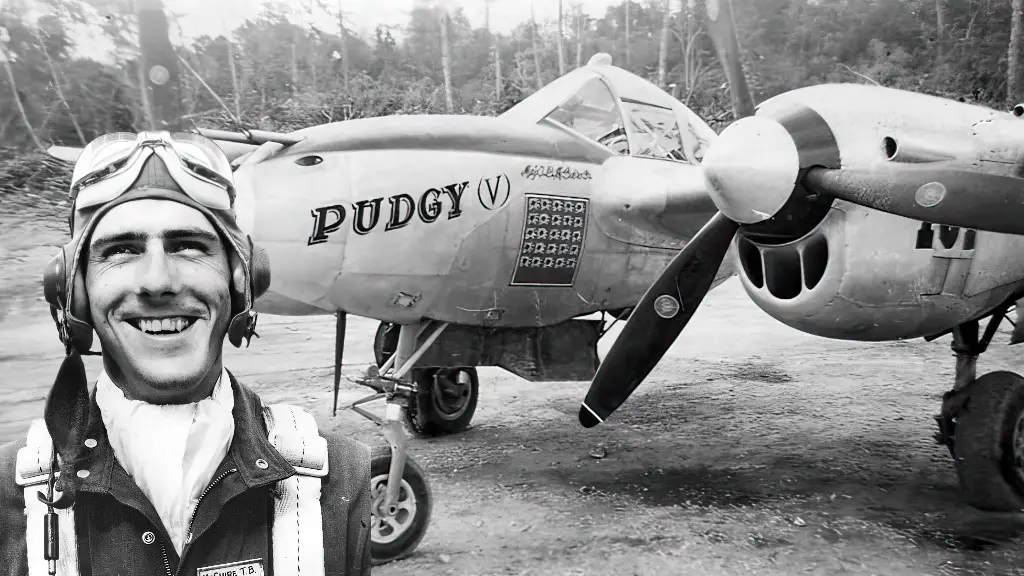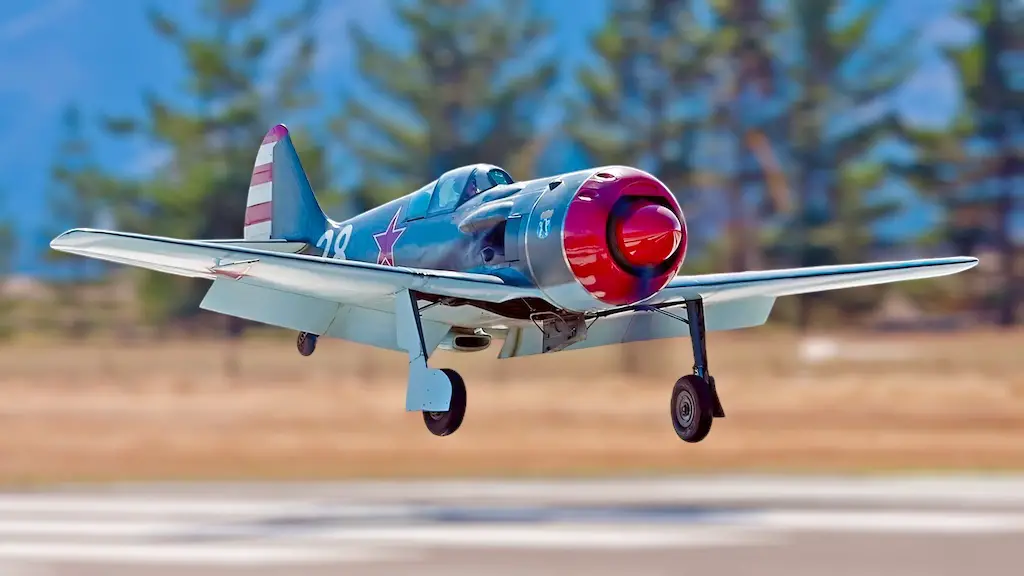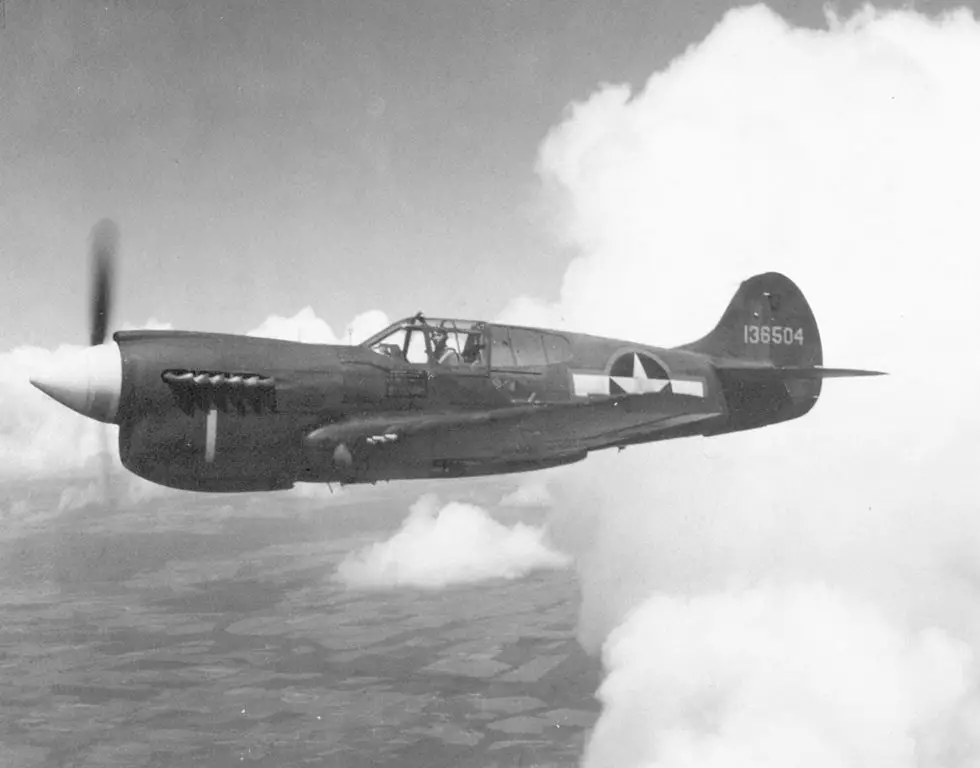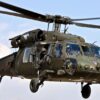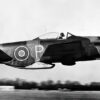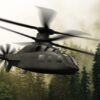Closing In on a Phantom
As the calm of the afternoon in Fujian, China, was shattered by the alarm’s call, pilots Robert Lee Scott and Johnny Hampshire knew they were in for an unusual mission. They hastily climbed into their P-40s, engines roaring with urgency. The sky was clear, the horizon stretched wide before them as they ascended, eyes peeled for the intruder. A lone dot, barely noticeable against the vast expanse, was approaching from Taiwan. As experienced pilots of the Flying Tigers, Scott and Hampshire were no strangers to danger, but this mission felt different.
Guided by a mix of curiosity and duty, they maneuvered closer to the unidentified aircraft. Their initial calls through the radio were met with silence, an unsettling response from what appeared to be a fellow P-40. They pressed on, narrowing the gap between them and the silent flyer. As they approached, details of the aircraft emerged. It bore the unmistakable outline of a P-40, yet it was marked with American insignia that had been obsolete for nearly a year. Doubts clouded their minds. Was this a captured plane now in enemy hands, a trick, or something far more inexplicable?
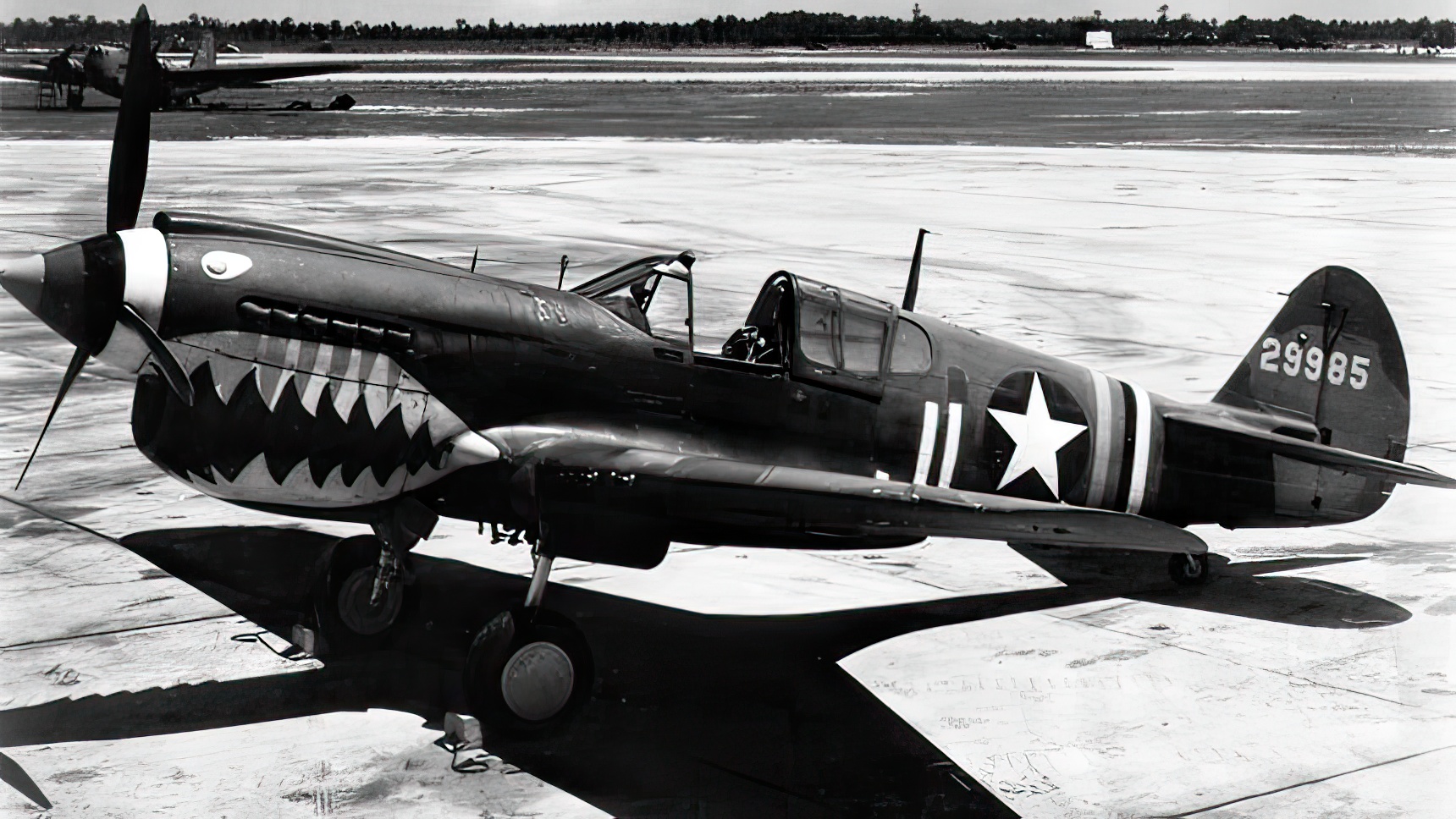
The Chilling Discovery
Determined to get the pilot’s attention, they fired warning shots over the wing of the mysterious P-40. Still, there was no reaction. No evasive maneuver, no return fire, nothing. The situation escalated from mysterious to eerie. They pulled up alongside the ghostly plane, close enough now to see the devastating damage it bore. Bullet holes punctured its fuselage; parts of the wing were torn away, revealing a patchwork of repairs and exposed metal. One landing gear well gaped empty, a stark reminder of its violent past.
Their gazes turned to the cockpit, seeking the pilot. What they found sent chills down their spines. The canopy was shattered, and the pilot inside was motionless, an eerie stillness about him that screamed of death. The plane, seemingly held together by sheer will, continued its flight unabated, a ghostly aviator at its helm. The realization hit them hard; they were flying alongside a relic of a forgotten battle, a pilot long dead but still not at rest.
As they watched, the ghost plane’s engine coughed its last, sputtering out of fuel. The aircraft began a slow descent, spiraling down towards the lush fields below. Scott and Hampshire could only watch as it disappeared into the clouds, leaving them in stunned silence.
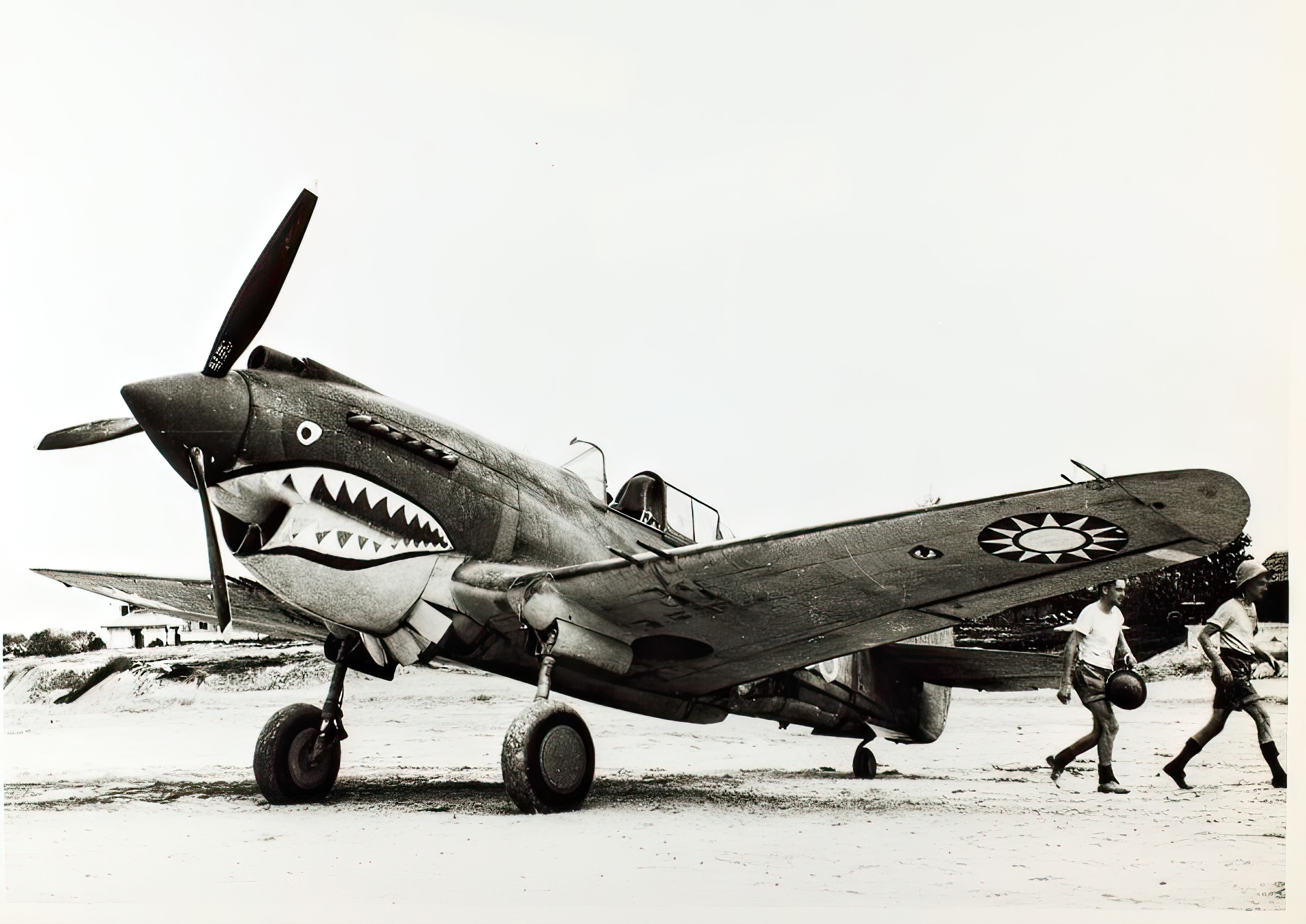
The Solemn Journey to the Ghost Plane’s Resting Place
The following day, under the solemn skies of Fujian, pilots Robert Lee Scott and Johnny Hampshire set out to uncover the fate of the mysterious aircraft they encountered. The sense of urgency that had fueled their flight the day before was replaced by a somber curiosity as they approached the crash site. The countryside was quiet, the usual pastoral scenes playing out with an added sense of poignancy.
Arriving at the crash site, they were greeted by a scar on the earthe. Pieces of the aircraft lay scattered across the rice field, twisted metal and torn fabric painting a picture of the final moments of the flight. The impact site was a jarring contrast to the surrounding tranquility, a stark reminder of the deadly seriousness of their profession. As they stepped through the wreckage, their eyes searched for clues, any sign of the pilot’s identity or the reason behind the eerie flight.
Amidst the debris, they found the remains of the pilot. The body, long removed from the world of the living, provided no answers, no dog tags or personal effects that could shed light on who this person was or from where he had come. The pilot’s anonymity added to the ghostly narrative that had begun in the skies the day before. Alongside him, though, were a diary and several letters, seemingly protected from the elements by his jacket.
Scott and Hampshire collected the diary and letters with a reverence reserved for the fallen. They knew that these items might be the only link to understanding the events leading up to the crash. The diary, in particular, held the promise of insight into the pilot’s thoughts and experiences, a personal account that could bring him back to life, if only on paper.
A Chance Revelation at a Veterans Reunion
However, the investigation proved inconclusive. The diary and letters were handed over to military superiors and soon lost in the vast bureaucracy of the war effort. The personal effects, rather than providing clarity, only deepened the mystery. Without concrete identification or a clear account of the mission, the story of the ghost plane and its pilot became a subject of speculation and legend among the ranks.
Years had passed since the chilling encounter with the ghost P-40, the story becoming a whispered legend among those who had served in the skies. The mystery remained, its details obscured by the fog of war and the passage of time. It was not until a veterans reunion that a glimmer of truth emerged, brought forth by an unexpected source. Amidst the camaraderie and shared reminiscences, a writer named Kurt Norris mentioned the haunting tale of the ghost plane. The room, filled with nods of recognition and murmurs, was suddenly pierced by the voice of an old man, Milton McMullen, who stood and declared, “I helped build that airplane.”
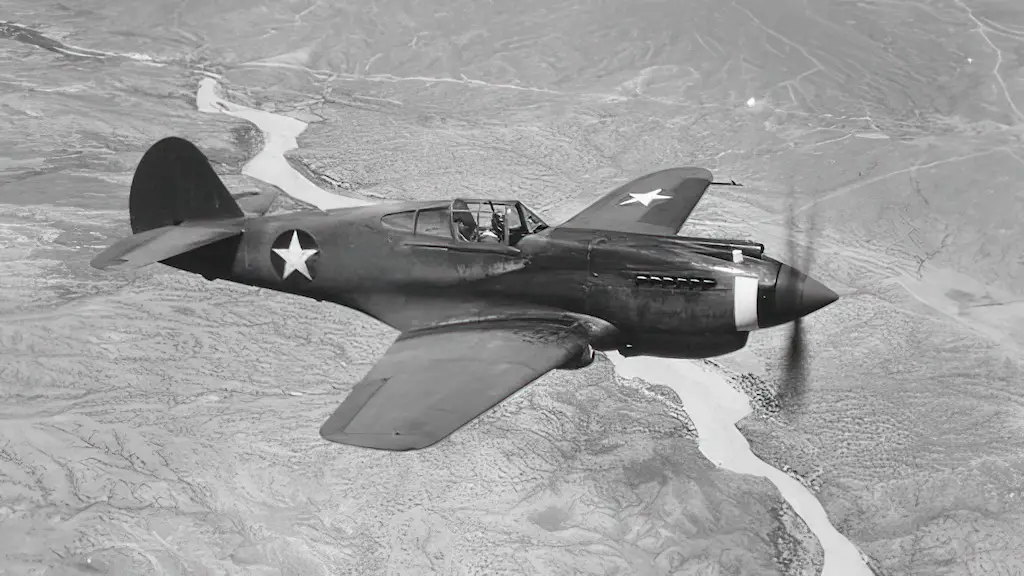
A Window into the Past
Milton’s revelation drew immediate attention. He recounted his days as a sergeant in the 701st Aviation Ordnance Squadron, stationed in the Philippines at the onset of the war. His tale was one of desperation and ingenuity: as Japanese forces overran the island of Mindanao, he and a band of American and Filipino soldiers refused to surrender. Instead, they turned to guerrilla tactics, one of which involved the miraculous resurrection of a P-40 from the wreckage of two downed aircraft.
Milton described how they had painstakingly transported and reconstructed the aircraft in a hidden forest base, intending to use it for a critical evacuation. The plane was stripped of all non-essential weight to extend its range and fitted with a makeshift underbelly fuel tank. The left landing gear was replaced with a skid made from bamboo and scrap metal. The resulting aircraft was a ghost of its former self, but to those who built it, it was a beacon of hope.
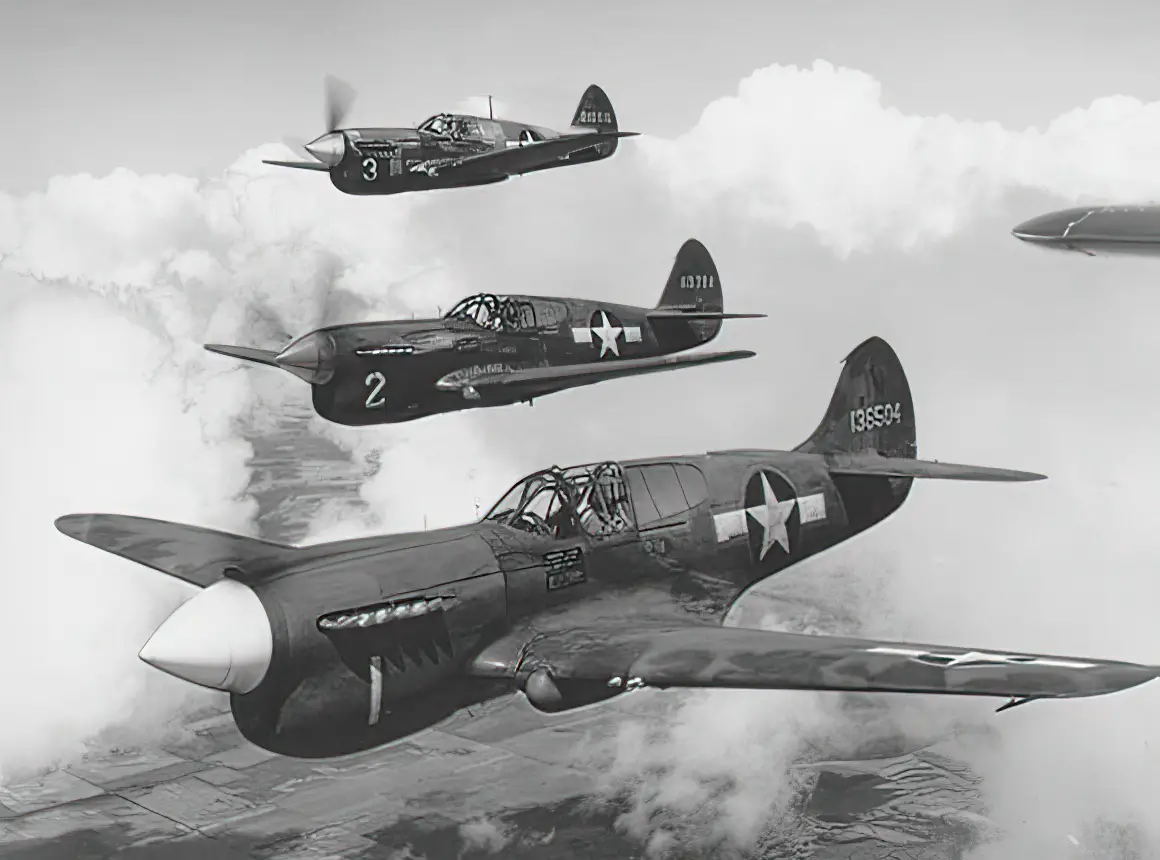
The Fateful Flight Revealed
As Milton continued, the pieces of the puzzle began to fall into place. The plane had sat idle for months, waiting for the right moment. Then, on December 8th, 1942, an unknown pilot, perhaps driven by desperation or a sense of duty, took off on a perilous journey. Milton recounted the roar of the engine tearing through the silence of the morning, the sight of the P-40 lifting into the sky, and the bitter realization that it was likely a one-way trip.
The ghost P-40, as it turned out, had made a desperate and daring raid on Japanese-held Taiwan, causing whatever damage it could before fleeing towards China. It was this action that led to its chase and subsequent damage by enemy fighters. The pilot, fatally wounded, managed to evade his pursuers but eventually succumbed to his injuries, leaving the plane to continue its ghostly flight until it finally crashed in Fujian, China.
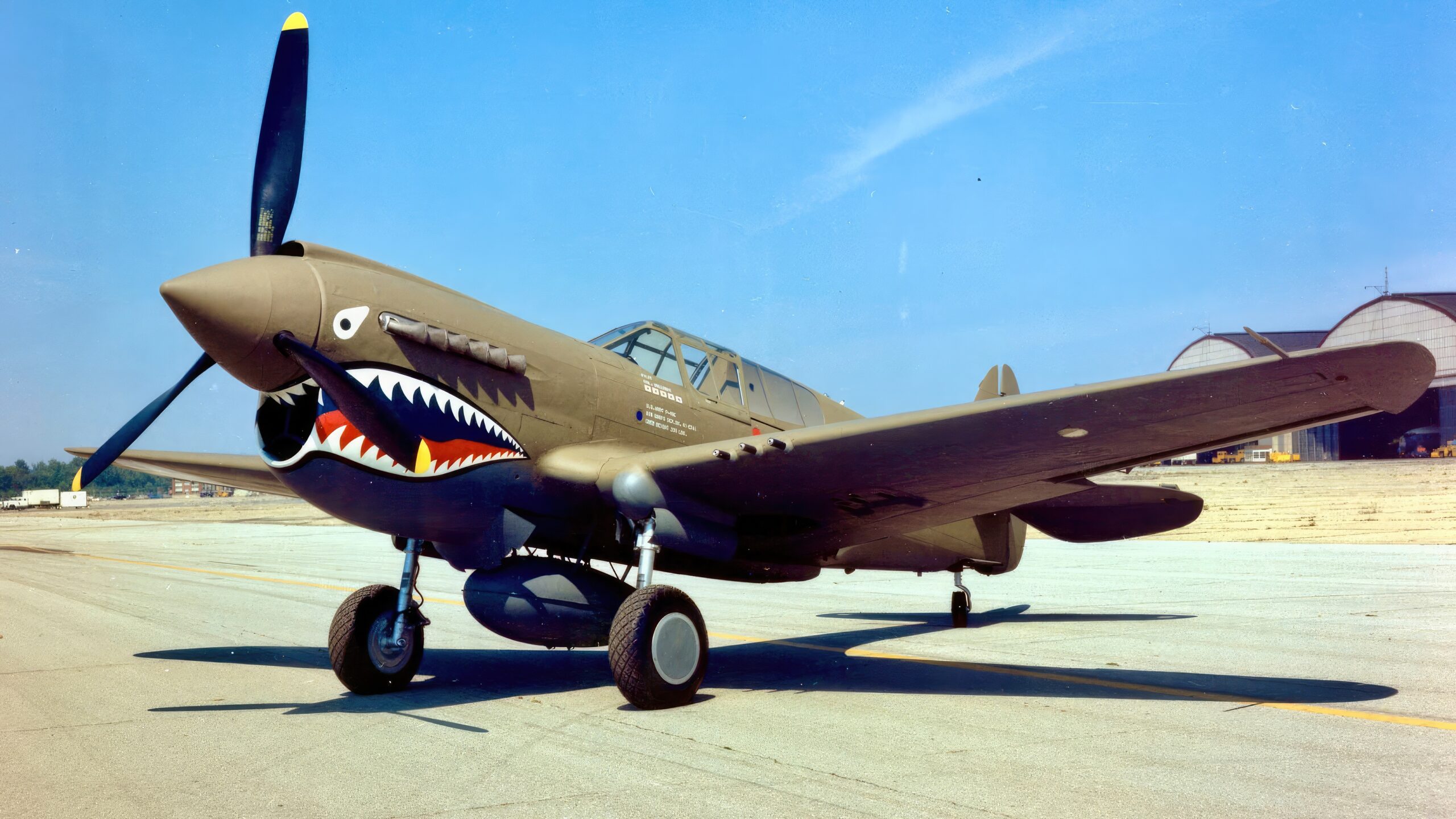
The Aftermath and Recognition
The revelation of the ghost plane’s origins sparked a renewed interest in the story. Historians and military enthusiasts pieced together records and accounts, corroborating Milton’s story with Japanese war records and eyewitness reports. The ghost P-40 was no longer just a legend.
The pilot’s identity remained unknown, his final act one of anonymous heroism. Yet, the letters and diary found at the crash site, once thought to be inconsequential, were reexamined as valuable historical documents, providing a poignant glimpse into the lives of those who served and sacrificed.
As for Milton McMullen, his story added a human element to the ghost plane’s legend. His tale of survival, resistance, and ingenuity captured the essence of the human spirit prevailing against adversity.
